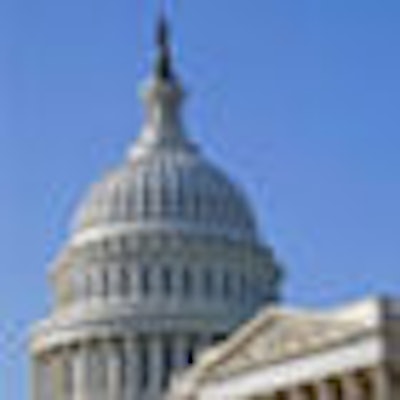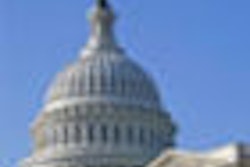
A version of the healthcare reform bill passed by a U.S. House of Representatives committee last week does not include a provision that would ban physician in-office self-referral. Imaging advocates say the committee's failure to incorporate the provision into the bill will make it harder to get an anti-self-referral rule passed along with the rest of the healthcare reform plan.
The anti-self-referral legislation was originally introduced as a standalone bill on June 19 by Rep. Jackie Speier (D-CA) as HR 2962, or the Integrity in Medicare Advanced Diagnostic Imaging Act of 2009. It would close a loophole in the Stark law that bans physician referral to entities in which they have a financial interest. Current law allows physicians to self-refer patients for imaging studies if the scanners are located within their own offices.
In July, Rep. Anthony Weiner (D-NY) and Rep. Bruce Braley (D-IA), members of the House Energy and Commerce Committee, said that they would offer Speier's bill as an amendment to the healthcare reform package being debated in their committee.
But last Friday, when the Energy and Commerce Committee passed a draft of its bill, the final version of the legislation did not include the amendment, according to Cynthia Moran, assistant executive director for government relations at the American College of Radiology (ACR) in Reston, VA. Energy and Commerce has lagged behind the two other committees -- the Ways and Means and Education and Labor Committees -- which have already approved their versions of what has been dubbed the Tri-Committee reform bill.
Even though it did push a bill through, the Energy and Commerce Committee hasn't completed its action, Moran said: it recessed with some 66 amendments outstanding, which the committee will have to take up when it returns. And, in fact, the recess won't be much of a recess at all for each of the House committee chairs and their staff.
"[The bill] is still being massaged over the recess with the three authorizing chairmen [of each committee] and their staffs reviewing the various amendments agreed to in the last few days of mark-up in Energy and Commerce," Moran said. "It remains very unclear if there will be another opportunity for the amendment to be considered."
When the House returns from its recess, it will face a daunting task, according to Timothy Trysla, executive director of the Access to Medical Imaging Coalition (AMIC) in Washington, DC.
"When the House gets back, it will begin the process of cobbling together all three of the committees' bills," Trysla said.
Once the House produces a bill that incorporates the versions from all three committees, it's doubtful that there will be a chance to amend it on the floor, Moran said.
As for other proposals that would affect radiology, Energy and Commerce did not revise imaging policies proposed by the House's Ways and Means Committee, Moran said. As that version of the bill stands, the equipment utilization rate for advanced imaging will increase from 50% to 75%, and the discount for imaging consecutive body parts will increase to 50% from the current 25% discount.
By Kate Madden Yee
AuntMinnie.com staff writer
August 3, 2009
Related Reading
Hopes dim for House anti-self-referral amendment, July 24, 2009
Self-referral bill may be folded into health reform, July 21, 2009
House bill would close Stark in-office loophole, July 2, 2009
MedPAC: Self-referring docs use more imaging, June 23, 2009
Senate report offers details on accreditation, Stark disclosure, May 6, 2009
Copyright © 2009 AuntMinnie.com



















